It is dawn in Taoro, my father's land. Magec's sunlight fills the valley, waking up Teide's blue chaffinch birds that sleep under the pine trees. The chores in the village start with the first rays of sun, and I join my father, mencey king Bencomo, on his daily walk around his lands.
Daily life
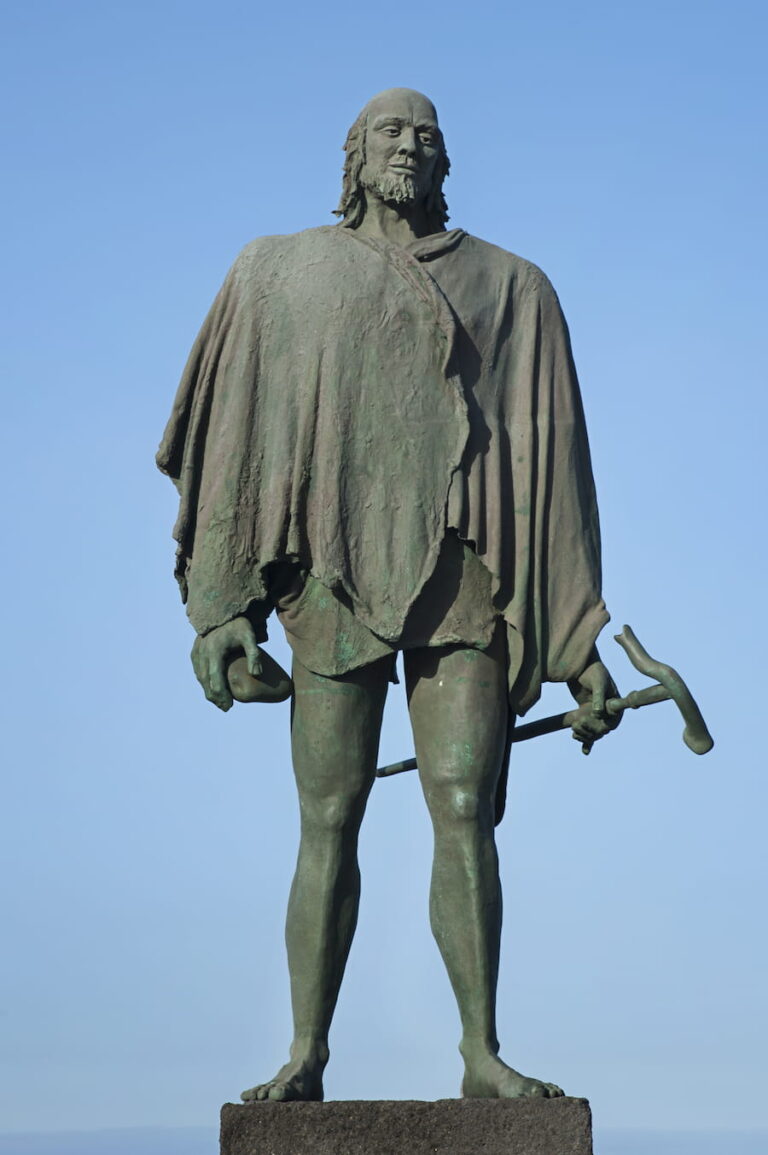
Gods, shamans and kings
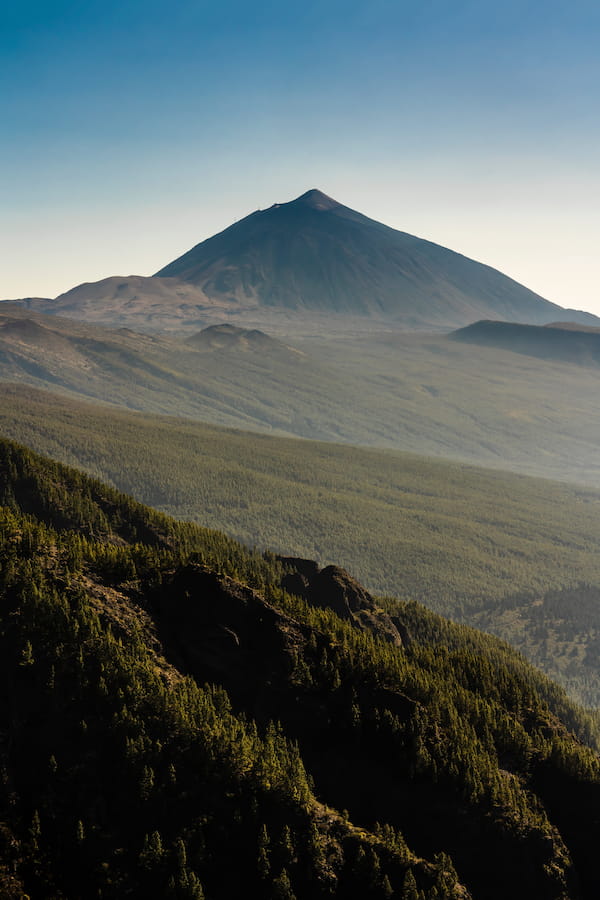
(castellanizado como el Teide)
The conquest
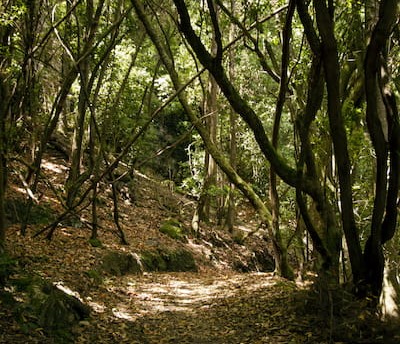

The great battle
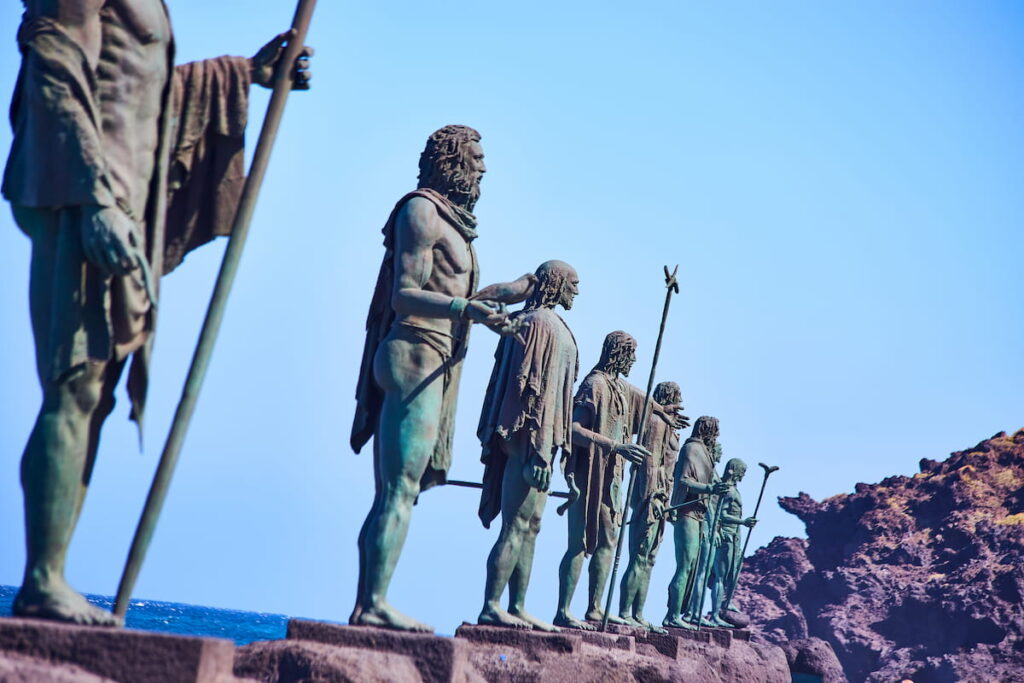
“We only had pride to fight until the end.”
Bentor, the last mencey king
My father’s land was spread throughout a big portion of the north of the island. It is nowadays divided into three boroughs, one of them is Los Realejos, where my story continues.
When the conqueror Alonso Fernández de Lugo had his victory, after ending Bencomo’s life, he asked for Taoro’s Guanches to surrender, but my brother Bentor wasn’t willing to surrender. He would rather die than lose our freedom.
Bentor soon realised that the Castilian had conquered his kingdom and that there was no salvation for his people. Then, he climbed Tigaiga’s cliff in Los Realejos, joined by a few warriors, and there he screamed for the last time before jumping to his death.
The conch shells were blown again announcing the end of a lineage, the end of a race. It was the year 1496.

Bentor and every Guanche fought for their land and for keeping their way of life. This is the reason why all the inhabitants from this island admire their heroic deed through popular songs and poems.
I ran away to the southern lands, and started a new family with other Guanches who survived. Some say that I got married to the cavalry captain Gonzalo del Castillo, and others say that it was my daughter who did. Writers and poets have told stories and legends about my life, my beauty and my fate, where reality gets mixed with fiction. But what we cannot deny is that I was a Guanche princess, daughter of the great mencey king Bencomo and sister of the brave Bentor. My family’s memory is still present in every corner of these valleys, symbol of our history and aboriginal identity.
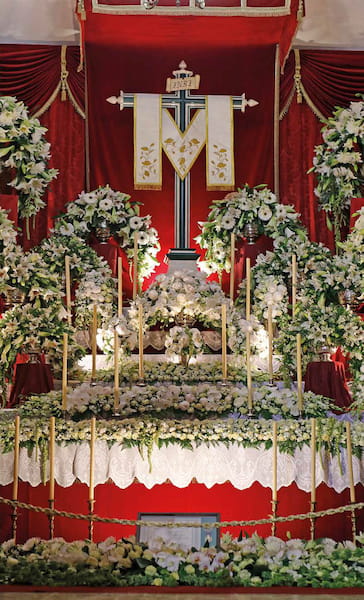
La Cruz Santa
Other times came after the conquest, marked by peace and cultural mix. The valley recovered its splendour thanks to the families who ploughed the lands and founded new boroughs. With their eagerness for community, they created festivals and adapted their customs, generally around a town square and a church.
One of those places, where I walked through so many times when it was just wilderness, is the colourful town of La Cruz Santa, in the western area of Los Realejos.
It has that name because it is where the cross from Santo Madero (the Holy Tree) was discovered. The legend that involves its finding is also part of the town’s history, and it marked the beginning of the festival of the Cross, which is celebrated every 2nd of May.
But that story is not for me to tell.
